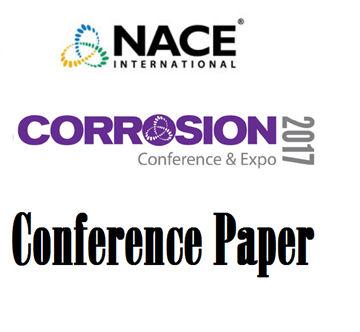Search
08002 Degradation Study of Polymer Coating: Improvement in Coating Weatherability Testing and Coating Failure Prediction
Also Purchased
51313-02863-Coating Failures—A Coating Supplier’s Perspective
Product Number:
51313-02863-SG
ISBN:
02863 2013 CP
Publication Date:
2013
$20.00
Accelerated Offshore Coating Performance Testing
Product Number:
51317--9134-SG
ISBN:
9134 2017 CP
Publication Date:
2017
$20.00
10004 Internal Coating of Multiphase Pipelines - Requirements for the Coating
Product Number:
51300-10004-SG
ISBN:
10004 2010 CP
Publication Date:
2010
$20.00




